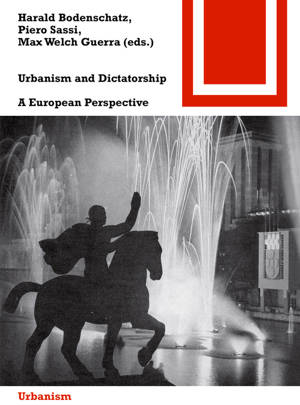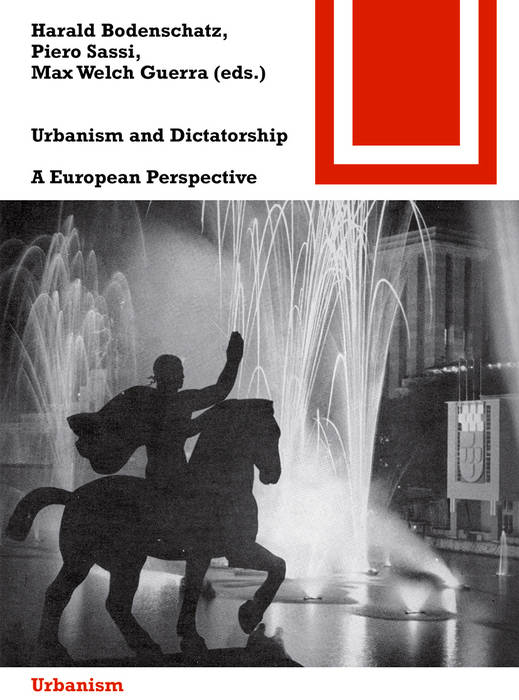
- Retrait gratuit dans votre magasin Club
- 7.000.000 titres dans notre catalogue
- Payer en toute sécurité
- Toujours un magasin près de chez vous
- Retrait gratuit dans votre magasin Club
- 7.000.0000 titres dans notre catalogue
- Payer en toute sécurité
- Toujours un magasin près de chez vous
Description
In the first half of the twentieth century, urban design under the influence of European dictatorships not only served to support the rulers in their own country, but also to gain the recognition of the democratic states. After the National Socialist regime came to power in Germany, urban design increasingly became the trump card in the competition amongst the large dictatorships in Europe - almost as in the time of absolutism. Irrespective of all conflicts and political orientations, there was an intense exchange of ideas amongst the states in Europe.
It is therefore not adequate to make an assessment just from the point of view of the dictatorships. The overarching view helps to understand the special characteristics of each dictatorship and also disproves some simplified interpretations of their respective approaches to urban design. That is not just of historic interest; the discussion of the issue of dictatorships is always also an expression of our social condition, our commemorative culture, our ability to recognize old and new forms of dictatorship - even today!
The book discusses the state of research into urban design under five dictatorships during the first half of the twentieth century, and presents new research results based on examples.
Spécifications
Parties prenantes
- Auteur(s) :
- Editeur:
Contenu
- Nombre de pages :
- 248
- Langue:
- Anglais
- Collection :
- Tome:
- n° 153
Caractéristiques
- EAN:
- 9783038216605
- Date de parution :
- 29-01-15
- Format:
- Livre broché
- Format numérique:
- Trade paperback (VS)
- Dimensions :
- 140 mm x 190 mm
- Poids :
- 390 g

Les avis
Nous publions uniquement les avis qui respectent les conditions requises. Consultez nos conditions pour les avis.






